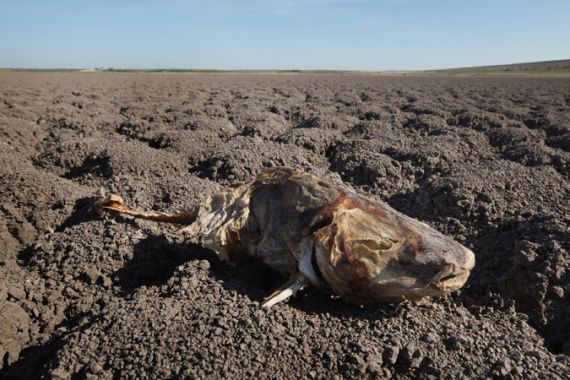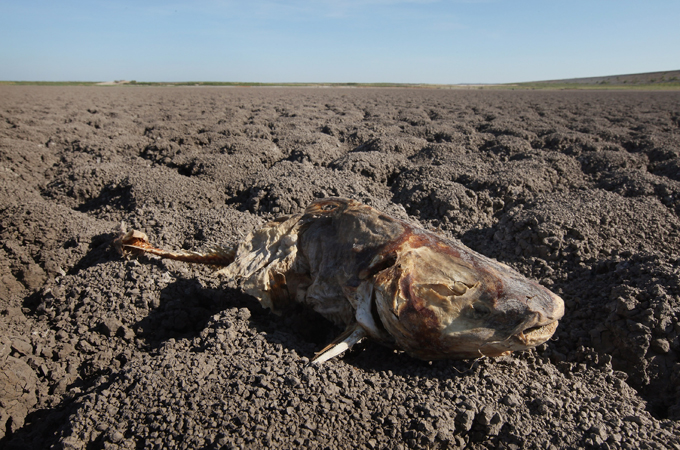July weather breaks records across the States
Extreme heat and drought expected to continue

 |
| Last month was the warmest July on record for Texas and 75% of the state is in an ‘exceptional’ drought [Getty] |
The analysis is done and the numbers are in. Last month will go down in the record books as being the most extreme in terms of weather events for the United States. Climate indicators that went into determining this were drought, flooding and extreme temperatures.
It is the National Climatic Data Center (NCDC) in the United States that crunches the numbers, and is the world’s largest archive of weather data. They are responsible for producing numerous climate publications and respond to data requests from all over the world.
Keep reading
list of 4 itemsAfter the Hurricane
World’s coral reefs face global bleaching crisis
Why is Germany maintaining economic ties with China?
In July, the ongoing drought across much of the southern states stretched even further. On an intensity scale from abnormally dry to exceptional drought, the latter category of drought conditions covered the most land area ever seen. 75% of the state of Texas was under the exceptional drought criteria, while all of Oklahoma was in moderate to exceptional drought.
The NCDC estimates that it would take 50 centimeters of rain in the next 30 days to end the drought. However, this seems unlikely, given that on average Dallas would only expect 7.6 centimetres in the whole of August, and dryer El Paso normally sees 4.4 centimetres. Where the relief could come from is the tropics. We are halfway through the Atlantic hurricane season, but there is still the chance a tropical storm could bring much needed relief to the parched state.
Last month also marks the warmest July on record for the states of Texas, Oklahoma, Kansas, Louisiana, Arkansas and Mississippi. As we go into August, those temperatures records are still being broken. For the city of Dallas, Tuesday marked the 39th consecutive day of having their high temperature reach 38C (100F) degrees or above. Also on Tuesday, 26 cities across Texas broke their previous high temperature records.
This extreme weather comes with its consequences. The United States crop belt will fall significantly below its normal summer production. Smaller yields of corn, soy beans and cotton are expected to not only bring in smaller revenues for the farmers, but also hit consumers with higher prices on the shelves.
The ongoing heat across the lower half of the country is also meaning a higher demand for power to cool homes. For Texas’s major cities of Dallas and Houston, this increased demand for electricity exhausted the states surplus, forcing power companies to purchase extra power from neighboring states and Mexico.
The Climate Prediction Center (CPC) expects that the temperatures will remain above average across Texas and 16 other states. In terms of rain, Texas is again expected to stay well below its average precipitation for August.